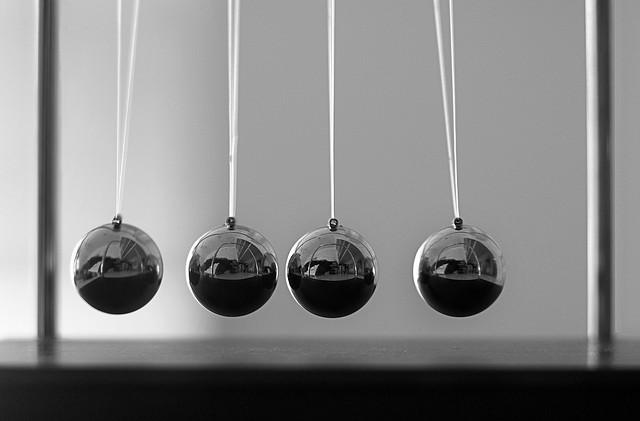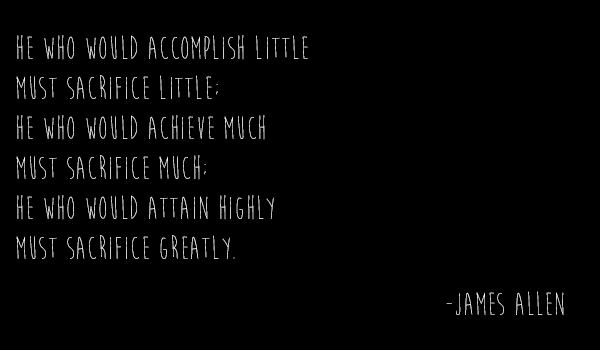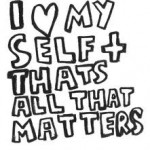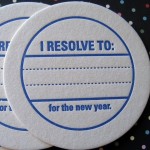
I think we should pay a lot more attention to signs and less attention to symbols.
Let’s start with whittling down our obsession with symbols.
What are symbols? They are things that represent an idea, person, process or thing. They aren’t inherently bad. In fact, they can do a lot of good. Countries and cultures have them – typically in the form of an animal or flag or both. Each of the monotheistic religions has a symbol: a star, a cross, a crescent. There is the venerable symbol for peace, the circle with the lines thing, there’s the two-fingered victory symbol, and there’s the horrific symbol of fascism, the swastika. All inspiring in their own way.
But there are the other symbols, the ones we could and should pay a lot less attention to. They are the symbols we create to satisfy what we can’t fully grasp. Symbols are, by definition, simplified labels. And because of that, they rarely fully capture the complexity of the true nature of the idea, person, process or thing they purport to represent. This is particularly true when that symbol is applied to a person or persona.
- The symbol we create when we see the dreadlocked twentysomething African American male, dark glasses, a hooded sweatshirt and baggy pants
- The symbol we create when we see the round-bellied truck driver with a long drawl, heavy beard, tobacco-stained camo t-shirt and gun rack
- The symbol we create when we see the long-braided, fair-skinned yoga instructor in designer leggings and delicate ankle tattoo, sipping herbal tea
These are symbols just like the peace sign, victory sign, and swastika. When you read them – just as when you see these physical symbols – you likely had some reaction to them. You probably inferred a lot about that person’s upbringing, their politics, or whether you’d enjoy their company.
Symbols are handy because they are simple. But that is also what makes them dangerous. When assigned to people they can lead to three very bad things.
- Symbols rob people and things of their intricacy and nuance. They can make things unidimensional. And neither things nor people are unidimensional.
- Symbols absorb stereotypes like a dry sponge. They allow us to create meaning but in doing so they allow us to insert all the prejudice and preconceptions not just from popular culture but also our individual and community biases.
- Symbols unite through division. They inevitably draw people inward and have them define themselves in opposition to “the other.”
Carl Jung distinguished between symbols and signs saying that symbols represent the unknown while signs point to what is known.
I think we all could use a bit more focus on those things that we know, and less on conjecture and those things that are beyond our knowing.
That is where signs come in. There are a lot of signs around us. They are most often hidden in things we already know and experience. These signs aren’t abstract. They point to things that are happening, things that are real. There are signs of what is happening to our politics, our economy, our environment, our families, our health. Signs are everywhere. We just don’t take the time to see or make sense of them.
Unlike symbols, signs don’t claim to possess the truth. Rather they point us to facts and those facts, which in turn, point us to truth. In that way, signs are much more humble and modest than symbols. (And Lord knows that this world could use more humility and modesty.) But in another sense, that is exactly why we often choose to ignore or not look for signs. Because facts, reality, and truth can be very difficult.
So we fall back to the comfort of our biases and our symbols.
In her book “The Signals Are Talking,” author Amy Webb claims that if you can identify and correctly interpret signs or signals, you have a reasonable shot at predicting the future. I’m not sure about that.
But she also says that only by identifying and reading “signs” or “signals” do we have a reasonable shot at shaping the future. In that, I firmly believe.
So look around you. Set aside all the symbols that you have in your life. Focus on opening your eyes and minds and look for signs.
What signs do you see?
If we can agree on the signs, we might be able to agree on a common direction.
And if we do that, perhaps we can do without all those symbols.











